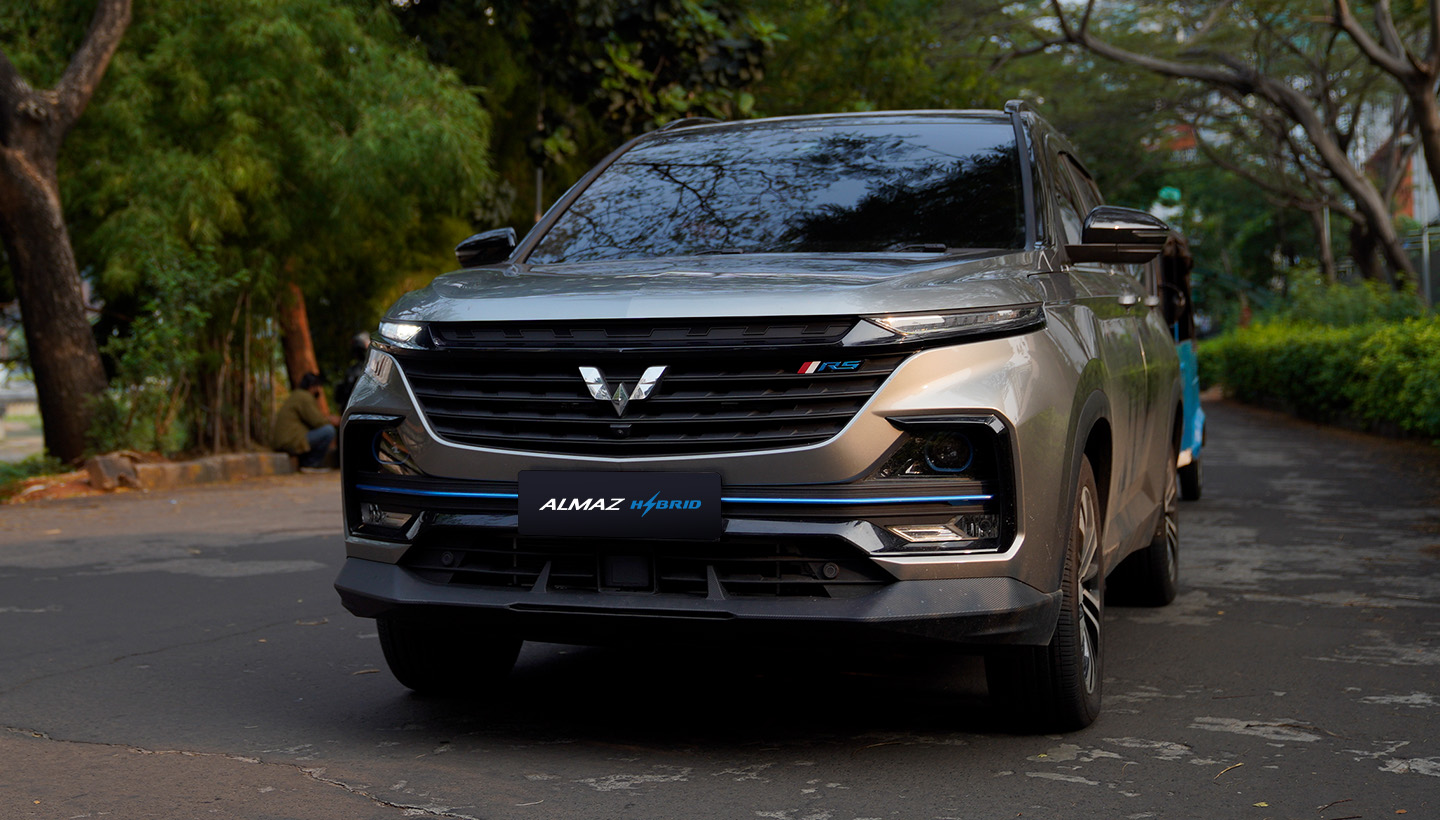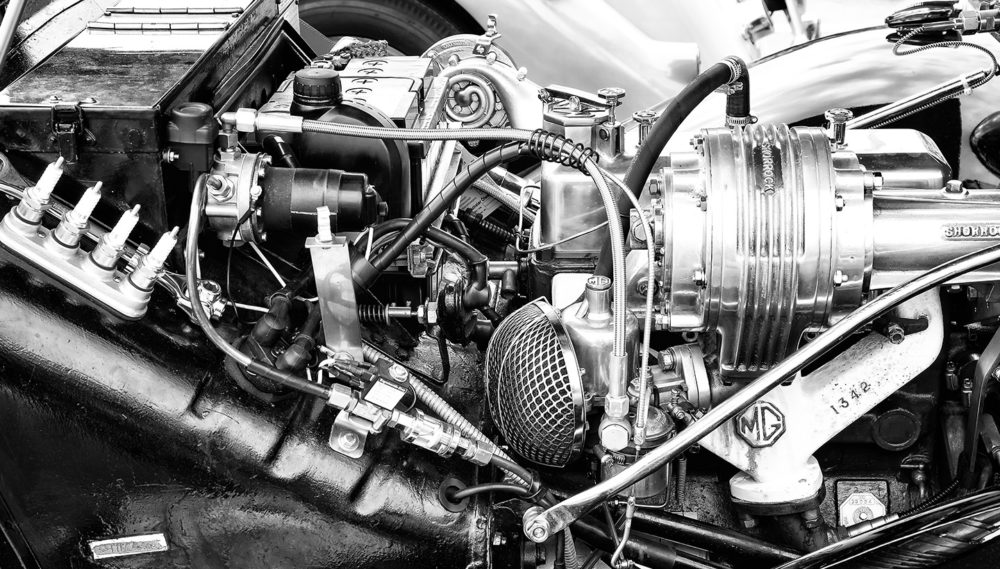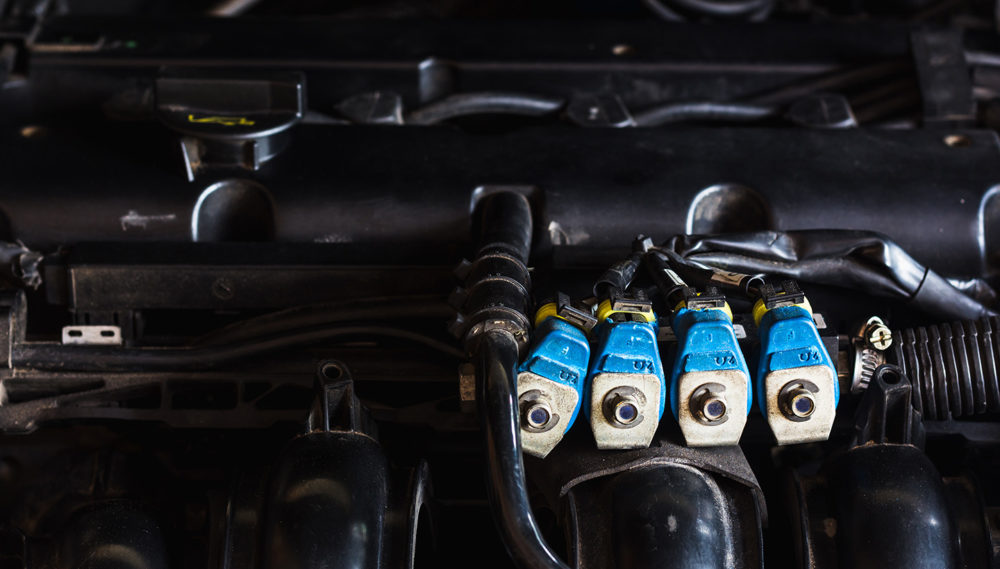15 Automotive Terms Car Owners Need to Understand
29 February, 2024

There are quite a lot of automotive terms for cars that are often used in everyday life. As a car owner, you have to understand at least a few terms to make it easier to understand when consulting with a mechanic or when buying what you need for your own car.
Some of the explanations below are automotive terms that are widely used in everyday life. Here are 15 automotive terms that are often used when carrying out routine car maintenance.
Vehicle Chassis Number
In general, every type of vehicle, both cars and motorcycles, has a chassis number called a “chassis number.” This number, also known as an “identification number,” is a series of numbers consisting of 17 letters and numbers and is usually considered a sign that the vehicle has been manufactured.
A lot of information about a vehicle can be found in the chassis number. Starting from vehicle history records, models and variations, place of manufacture, specifications, and other information, to name a few. This vehicle number can be found on the dashboard, under the front seat, or on the driver’s door.
Horsepower
Also abbreviated to “HP,” horsepower is a standard unit that measures the power or capability of a vehicle’s engine. In the automotive industry, this term is commonly used and has a different meaning for each vehicle, including international vehicles.
As an illustration, one horsepower has the power equivalent of about 75 kilograms of meter force, or kgf per second. Of course, a vehicle with a higher HP value means it produces power faster.
This horsepower level also depends on the type of vehicle. For example, sedan engines usually have 120 HP, while SUVs have 200 HP. Other types of vehicles, depending on the engine, may also have different horsepower ratings.
Mileage
Apart from horsepower, mileage is also an important automotive term for car owners. As the name suggests, this term refers to the distance traveled by a vehicle.
Several factors are usually considered when determining whether a vehicle has low or high mileage. This includes, among other things, the mileage and year of the vehicle. In other words, old vehicles and vehicles with a mileage of more than 100,000 km are considered to have quite a large mileage. After a certain mileage is reached, some engine parts, such as oil or battery water, usually need to be serviced or replaced.

Overhaul
For those of you who have been involved in the automotive world for a long time, the expression “the engine is dead” may be familiar. Basically, this automotive term refers to the process of repairing or maintaining an engine that requires dismantling all parts of the vehicle’s engine.
The cost of dismantling these machines is generally very high because repairs are difficult and time-consuming. Especially in passenger cars, engine lowering can only be done by separating or lowering the engine and frame, which can be repaired.
Viskositas Oli
The next thing you need to understand is oil viscosity. Automotive lubricants can be identified by the viscosity of the oil or the level of oil viscosity. Low-viscosity lubricants are easier to pour, even at low temperatures. Lower oil viscosity makes it easier to start the engine in cold weather. Higher-viscosity oils can better maintain oil pressure at much higher temperatures and loads.
Coolant
The automotive term is called cooling water or coolant. Its role in the vehicle is to maintain vehicle temperature stability in both cold and hot weather. This way, the machine remains in good condition and is not easily damaged.
Air Filter
Filter, or air filter, is a term that refers to the safe area of a vehicle. This part helps filter air and prevent dirt from entering your vehicle’s engine.
Overheat
the term overheating, which causes the vehicle to not start. When the engine overheats due to prolonged use or damage to the coolant components, make sure to leave the vehicle for some time until the engine cools and try starting it again.
Rem
Everyone knows that the brake is the part of a vehicle that functions to slow down speed. Usually, vehicle brake parts must be replaced every 80 thousand kilometers. However, depending on location, driving frequency, driving style, and a number of other factors, brakes may need to be replaced sooner or later than recommended.

Electronic Fuel Injection or EFI
The EFI engine component helps replace the conventional fuel combustion system with an electronic injection model. Vehicles with an EFI system are said to be more fuel-efficient, which makes them more popular on the market.
VVT-I
It is an abbreviation for Variable Valve Timing. The purpose of this valve system, VVT-I, is to maximize air circulation in the cylinder chamber. This system can regulate the valve opening time with various variations.
I-DSI
In addition, vehicle owners must understand I-DSI in automotive. The term “intelligent dual sequential ignitions” refers to technology that uses two spark plugs at once in the vehicle cylinder. This technology makes engine combustion more even and saves fuel.
Drive by Wire or DBW
DBW is considered a very modern technology because it no longer uses fuel lines for car engines. This technology is also commonly called TAC or Throttle Actuator Control and helps replace the use of throttle cables with electronic cables.
Engine cables on vehicles equipped with TAC or DBW technology do not stretch easily as often happens in vehicles equipped with traditional cables.
Variable Geometric Turbo or VGT
This term refers to technology commonly used in cars with turbochargers, such as diesel-engined SUVs. VGT controls the air booster in the turbo engine section.
Bore Up and Stroke Up
In terms of the piston part of a car engine, bore-up means the process of increasing the size of the piston to increase overall engine capacity and performance, while stroke-up means the process of lengthening the piston stroke to increase overall engine capacity and performance.
So, that’s a review of 15 terms commonly used in the automotive world. As a car owner, you must at least understand the terms above to make it easier for you to communicate with mechanics or officers at official car repair shops when carrying out routine maintenance.



